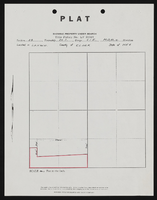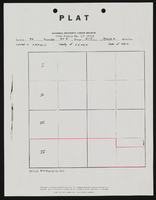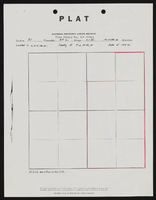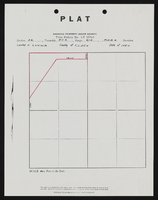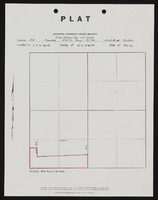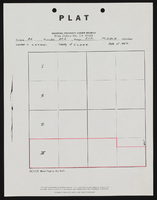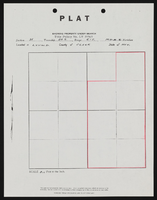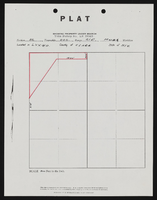Search the Special Collections and Archives Portal
Search Results
John Levy Lighting Productions, Inc.
The new technologies of lighting, developed for theater and entertainment made its logical jump to the Las Vegas Strip where lighting design blends with and becomes architecture. Whether lighting the top of the Stratosphere Tower or the intimate atmosphere of an exclusive restaurant or bar, the designs of John Levy Lighting Productions has become a hallmark of the new themed visualization which turns mere structures and landscapes into iridescent light shows.
Corporate Body
Pagination
Refine my results
Content Type
Creator or Contributor
Subject
Archival Collection
Digital Project
Resource Type
Year
Material Type
Place
Language
Records Classification

